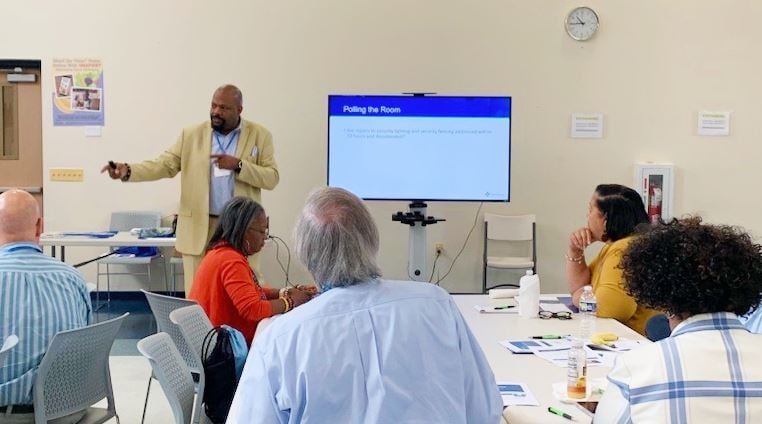From Cockroaches to Compliance: Answering IPM Questions from Our 2024 Risk Management Conference

During the sixth annual HAI Group Virtual Risk Management Conference, Sarah Latyn, technical training manager at Target Specialty Products, delivered an engaging session on Integrated Pest Management (IPM) strategies for multifamily housing. Drawing from her extensive experience in pest control, Latyn covered the identification and management of challenging pests like cockroaches, bed bugs, and rodents, as well as the importance of resident education and non-chemical strategies to ensure resident health and regulatory compliance.
Below, we’ve compiled answers to additional attendee questions Sarah addressed following her presentation.
Question: What’s your perspective on using natural, holistic methods, like aromatics or additives in paints and floor treatments, to educate tenants?
Sarah’s Answer: Many products marketed as natural pest solutions only offer a pleasant scent without pest-deterring benefits. I haven’t come across any preservatives or paint additives that effectively control pests. Certain products can, however, be added to mop buckets to help combat roaches by cutting through grease while containing a chemical that targets pests. Though not “natural,” these treatments can support pest control efforts as part of a holistic approach.
Question: Can you recommend a roach vacuum, and how do you dispose of pests after vacuuming?
Sarah’s Answer: For cockroaches, a HEPA vacuum with a disposable bag works well. Avoid large backpack vacuums, which can be difficult to maneuver in confined spaces. After each use, remove the vacuum bag, seal it in a trash bag, and discard it in an outdoor receptacle. You might also rinse the vacuum hose to ensure no pests remain. Although some researchers suggest using pantyhose at the nozzle for capturing bed bugs without dirtying the vacuum, this may be less effective for larger pests like roaches.
Question: Could you offer advice on drafting effective RFPs (Request for Proposals) for pest control?
Sarah’s Answer: A well-crafted RFP is essential to avoid low-quality responses. Make sure your RFP clearly defines your pest control expectations. Specify requirements such as cloverleaf inspections for bed bug infestations, where adjoining units are inspected, and mandate continued treatment until pests are fully eliminated. Pricing should reflect infestation severity to ensure high-level infestations receive the necessary time and resources. Consider consulting local universities or extension services for sample RFP language to develop clear, enforceable criteria.
Question: What are your thoughts on spore-based treatments for bed bugs compared to chemical treatments?
Sarah’s Answer: Spore-based treatments, like Aprehend, are excellent alternatives to chemical treatments. I’ve used Aprehend with great success, and it’s worth including in RFPs as part of a comprehensive treatment plan. These treatments use fungal spores to target bed bugs, providing a highly effective solution that minimizes chemical use.
Question: Do palm trees attract rats?
Sarah’s Answer: Palm trees aren’t likely to attract rats directly, but they can be convenient nesting sites for roof rats, which prefer higher elevations. In coastal areas, roof rats may use palm trees to access rooftops, making these trees a potential factor in pest management in certain regions.
If you have additional questions or concerns about integrated pest management strategies for multifamily housing, don’t hesitate to reach out to your HAI Group risk control consultant. Our team is here to provide the guidance and support you need for effective pest management in your communities.
This article is for general information only. HAI Group makes no representation or warranty about the accuracy or applicability of this information for any particular use or circumstance. Your use of this information is at your own discretion and risk. HAI Group and any author or contributor identified herein assume no responsibility for your use of this information. You should consult with your attorney or subject matter advisor before adopting any risk management strategy or policy.


